Filter by

Advanced Video Coding for Next-Generation Multimedia Services
This book aims to bring together recent advances and applications of video coding. All chapters can be useful for researchers, engineers, graduate and postgraduate students, experts in this area, and hopefully also for people who are generally interested in video coding. The book includes nine carefully selected chapters. The chapters deal with advanced compression techniques for multimedia app…
- Edition
- -
- ISBN/ISSN
- 9789535157236
- Collation
- 212 hlm; ill., lamp.,
- Series Title
- -
- Call Number
- -

Ray Tracing Gems = High-Quality and Real-Time Rendering with DXR and Other APIs
This book is a must-have for anyone serious about rendering in real time. With the announcement of new ray tracing APIs and hardware to support them, developers can easily create real-time applications with ray tracing as a core component. As ray tracing on the GPU becomes faster, it will play a more central role in real-time rendering. Ray Tracing Gems provides key building blocks for develope…
- Edition
- 1
- ISBN/ISSN
- 9781484244272
- Collation
- XLIV, 607 ill; lamp
- Series Title
- -
- Call Number
- -
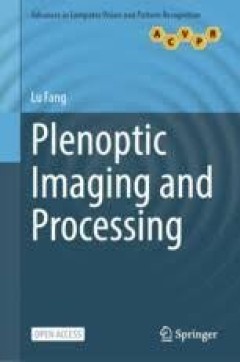
Plenoptic Imaging and Processing
This open access book delves into the fundamental principles and cutting-edge techniques of plenoptic imaging and processing. Derived from the Latin words "plenus" (meaning "full") and "optic," plenoptic imaging offers a transformative approach to optical imaging. Unlike conventional systems that rely solely on the pinhole camera model to capture spatial information, plenoptic imaging aims to d…
- Edition
- 1
- ISBN/ISSN
- 9789819769155
- Collation
- XIII, 389
- Series Title
- -
- Call Number
- -

Spatio-temporal Image Analysis for Longitudinal and Time-Series Image Data: T…
This book constitutes the thoroughly refereed post-conference proceedings of the Third International Workshop on Spatio-temporal Image Analysis for Longitudinal and Time-Series Image Data, STIA 2014, held in conjunction with MICCAI 2014 in Boston, MA, USA, in September 2014. The 7 papers presented in this volume were carefully reviewed and selected from 15 submissions. They are organized in …
- Edition
- -
- ISBN/ISSN
- 978-3-319-14905-9
- Collation
- -
- Series Title
- -
- Call Number
- -
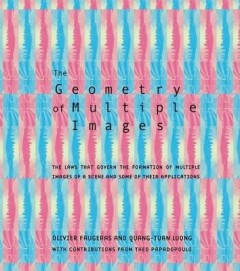
The geometry of multiple images : the laws that govern the formation of multi…
This book formalizes and analyzes the relations between multiple views of a scene from the perspective of various types of geometries. A key feature is that it considers Euclidean and affine geometries as special cases of projective geometry.Over the last forty years, researchers have made great strides in elucidating the laws of image formation, processing, and understanding by animals, humans…
- Edition
- -
- ISBN/ISSN
- 9780262272513
- Collation
- 1 online resource (xxiv, 644 pages) :illustrations
- Series Title
- -
- Call Number
- 006 FAU g
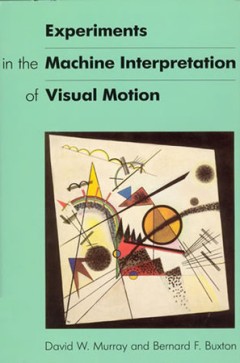
Experiments in the machine interpretation of visual motion
If robots are to act intelligently in everyday environments, they must have a perception of motion and its consequences. This book describes experimental advances made in the interpretation of visual motion over the last few years that have moved researchers closer to emulating the way in which we recover information about the surrounding world. It describes algorithms that form a complete, imp…
- Edition
- -
- ISBN/ISSN
- 9780262280372
- Collation
- 1 online resource (236 pages) :illustrations.
- Series Title
- -
- Call Number
- -
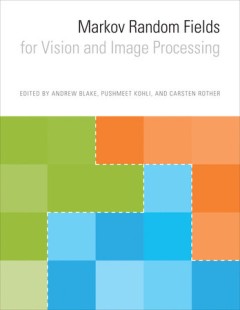
Markov Random Fields for Vision and Image Processing
State-of-the-art research on MRFs, successful MRF applications, and advanced topics for future study.OCLC-licensed vendor bibliographic record.
- Edition
- -
- ISBN/ISSN
- 9780262298353
- Collation
- 1 online resource (vii, 463 pages) :illustrations
- Series Title
- -
- Call Number
- -
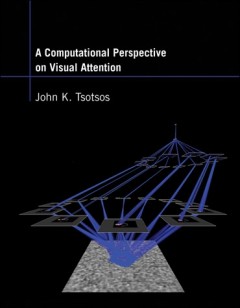
A computational perspective on visual attention
Although William James declared in 1890, "Everyone knows what attention is," today there are many different and sometimes opposing views on the subject. This fragmented theoretical landscape may be because most of the theories and models of attention offer explanations in natural language or in a pictorial manner rather than providing a quantitative and unambiguous statement of the theory. They…
- Edition
- -
- ISBN/ISSN
- 9780262295420
- Collation
- 1 online resource (xvi, 308 pages) :illustrations (some color)
- Series Title
- -
- Call Number
- -

Object recognition in man, monkey, and machine
The contributors bring a wide range of methodologies to bear on the common problem of image-based object recognition. These interconnected essays on three-dimensional visual object recognition present cutting-edge research by some of the most creative neuroscientific, cognitive, and computational scientists in the field. Cassandra Moore and Patrick Cavanagh take a classic demonstration, t…
- Edition
- -
- ISBN/ISSN
- 9780262287609
- Collation
- 1 online resource (217 pages) :illustrations.
- Series Title
- -
- Call Number
- -
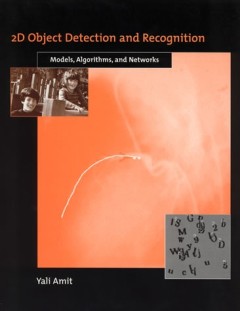
2D object detection and recognition :models, algorithms, and networks
Two important subproblems of computer vision are the detection and recognition of 2D objects in gray-level images. This book discusses the construction and training of models, computational approaches to efficient implementation, and parallel implementations in biologically plausible neural network architectures. The approach is based on statistical modeling and estimation, with an emphasis on …
- Edition
- -
- ISBN/ISSN
- 9780262267090
- Collation
- 1 online resource (xiv, 306 pages) :illustrations
- Series Title
- -
- Call Number
- -
 Computer Science, Information & General Works
Computer Science, Information & General Works  Philosophy & Psychology
Philosophy & Psychology  Religion
Religion  Social Sciences
Social Sciences  Language
Language  Pure Science
Pure Science  Applied Sciences
Applied Sciences  Art & Recreation
Art & Recreation  Literature
Literature  History & Geography
History & Geography